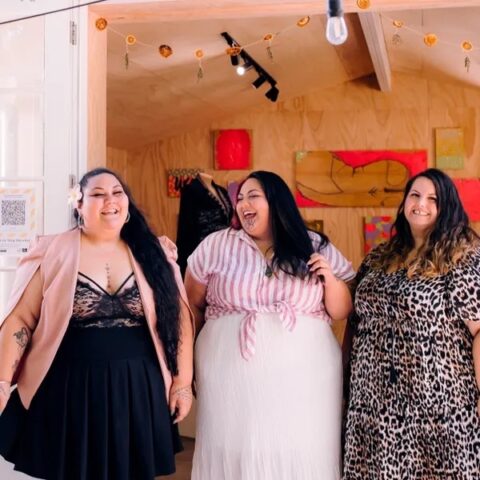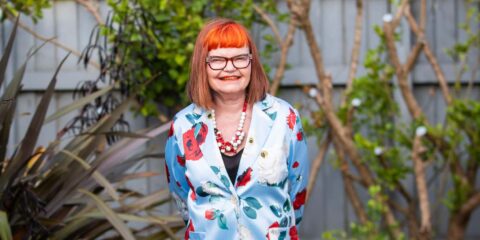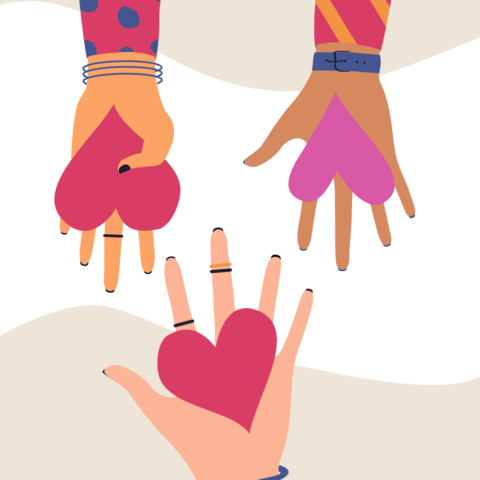Knowing our bodies – including where the sun don’t shine – and tracking any changes is essential to protecting us from skin cancer, writes Niki Bezzant.
Being comfortable in your own skin isn’t just a goal for our general state of mind. We should be taking it literally, according to dermatologists, getting super familiar with our skin and being comfortable really looking at our bodies – all over. That’s because knowing our skin and noticing any changes could be the difference between spotting skin cancer or not – and even between life and death.
Melanoma, the deadliest form of skin cancer, is the third most common cancer diagnosed in New Zealand. Every year, more than 4000 Kiwis are diagnosed with melanoma (the highest rate in the world) and around 370 people die from it.
The generation of people showing up now with skin cancers are people like me: kids of the ’80s, who grew up when a tan was aspirational and we worked hard to get one, spending hours lying unprotected in the sun or on sunbeds. Skin Institute skin cancer specialist Dr Shona Dalzell says we’re paying the price now.
“What we’re seeing is a wave of skin cancers coming through reflecting past attitudes and behaviour,” Dr Dalzell explains. “And, to be honest, there wasn’t really great sun protection out there – as far as sunscreens and advice – 40 years ago.”
What we know now is that skin cancer is mostly preventable, and if melanoma is recognised and treated early enough, it can be curable. In its early stages – known as melanoma in situ – when melanoma cells are only on the top level of the skin, “the cancer cells haven’t got to where the lymphatics or the blood vessels lie”, says Dr Dalzell. “So if you catch it before it actually gets there, then there can be cure rates as high as 99%.”
Catching it early starts with spotting changes. “Don’t be afraid to look at yourself,” says Dr Dalzell.
“Look at yourself front and back, using mirrors to see yourself all over so you can detect any changes. Get to know your skin, then you can pick up what’s different, what’s changing.”
Melanoma New Zealand has an ABCDEFG system (see below) for applying to freckles and moles. It stands for: asymmetry, border irregularity, colour (uneven), different, evolving, firm to the touch and growing.
What to look for
Asymmetry
One half of a freckle or mole is different from the other
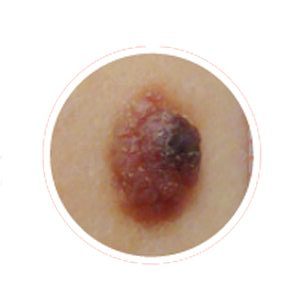
One half of a freckle or mole is different from the other.
Border irregularity
The edges are poorly defined – notched, uneven or blurred.
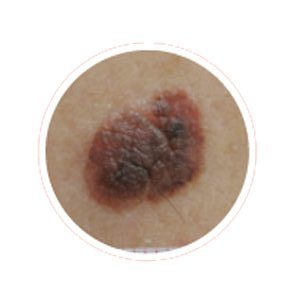
Colour is uneven
Shades of brown, tan and black are present. There may also be white, grey, red, pink or blue.
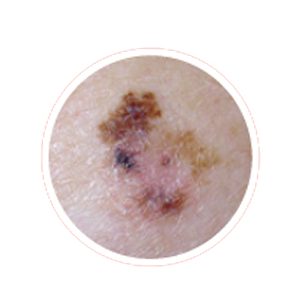
Different
Looks different from other spots, freckles or moles – an “ugly duckling”.
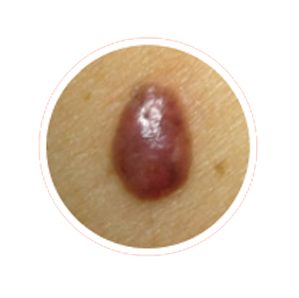
Evolving
Any change in growth; new, elevated or painful.
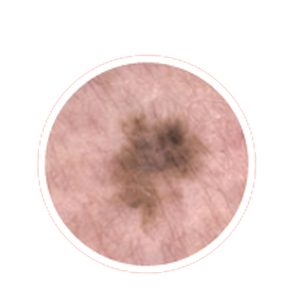
Firm
… to the touch.
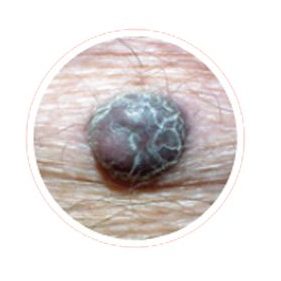
Growing
Most are larger than 6mm and keep growing.
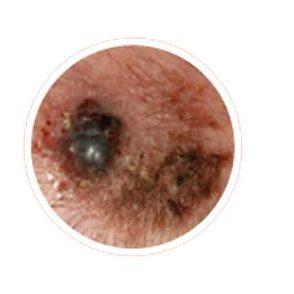
For me, the “different” or “ugly duckling” criteria is really useful. As someone with a lot of weird looking moles (this actually has a name: dysplastic naevus syndrome), I’ve often thought most of mine look the ones on the “dangerous moles” posters. But if I apply the “ugly duckling” principle and look for any that stand out as different from the others, I can make sense of my skin and keep an eye out for anything extraordinary.
“You’re looking for something that you feel doesn’t belong on your skin – something that looks ugly, something that looks different, something that’s growing, changing or bleeding,” says Dr Dalzell. “Things that don’t look right – get them checked early rather than waiting. Time can make a big difference.”
It’s important for women with darker skin to do this too. Although skin cancers are less common in darker-skinned people, they still occur. Dr Dalzell says she reminds her patients that Bob Marley died from melanoma, and that it’s important for everyone to also look in places where the sun doesn’t shine, as melanoma can happen between the toes, under the nails or on the soles of the feet.
Other types of skin cancers – basal cell and squamous cell carcinomas, known as non-melanoma skin cancers – are the most common skin cancers, and they look different again.
“They’re more commonly found on the head, neck and upper arms, because that’s where we get a lot of sun,” explains Dr Dalzelll. “They can present as scaly, tender areas that are growing quite quickly, or bleeding, non-healing areas, and they do need treatment as well.”
The preventable nature of skin cancers means it makes sense to take care of our skin every single day. Dr Dalzell says it’s an important part of everyone’s self-care.
“Prevention is always going to be the key, but things can happen and you can’t change what exposure you’ve had in the past. That doesn’t mean future protection won’t also help. It’s taking the time to invest in yourself, get yourself checked and keep an eye on your skin.”
Also, I think, keeping an eye on our loved ones’ skin too. Make sure every member of your whānau covers up with clothing and slathers on sunblock, especially if they’re young. Those of us in midlife have likely already done a bit of damage to our skin, but we can give the next generation the gift of not making the same mistakes.
Melanoma New Zealand’s ABCDEFG system can help with early detection. Visit melanoma.org.nz for more information.


